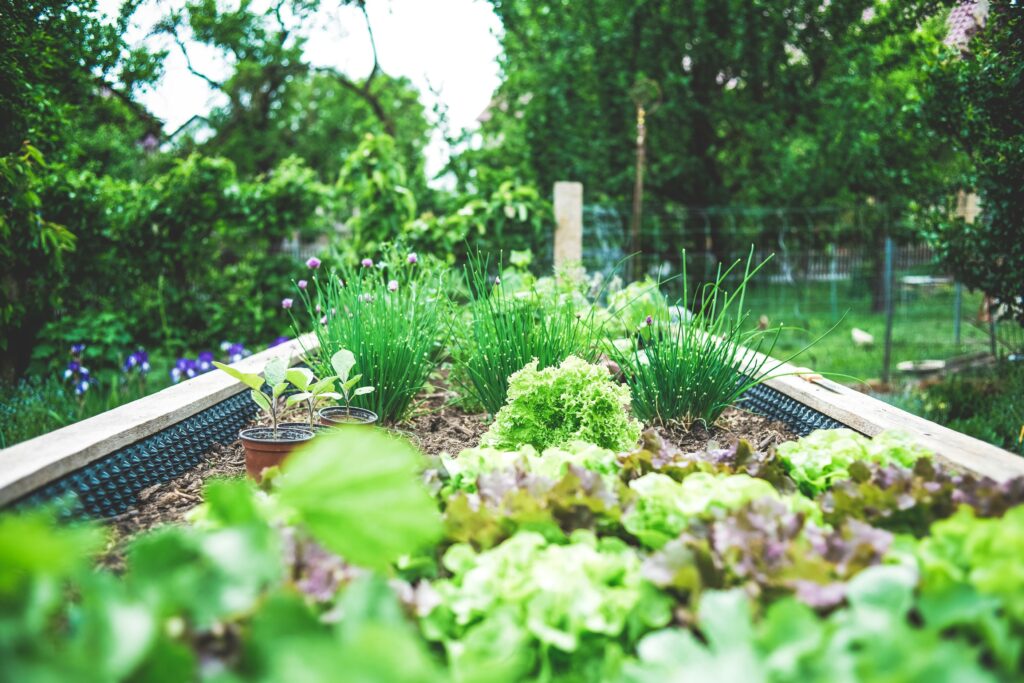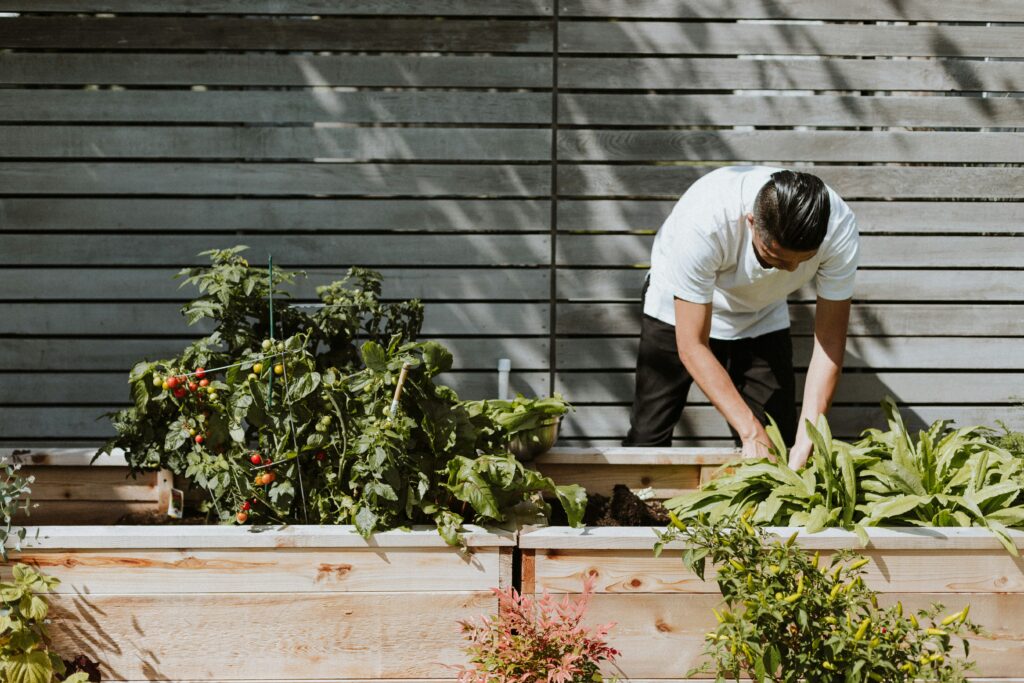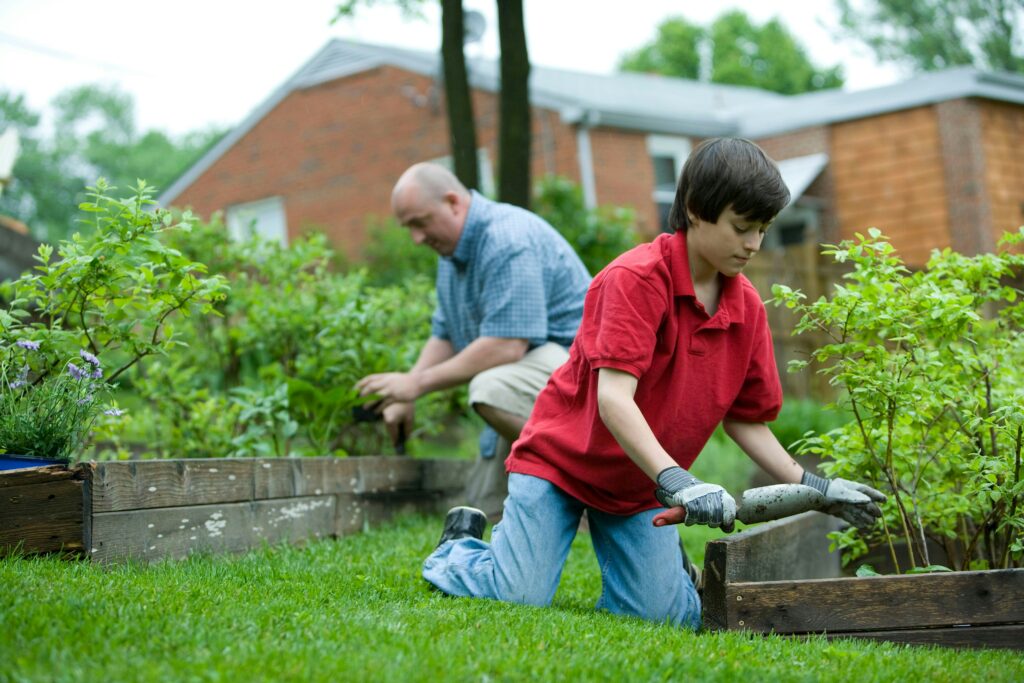Zone Gardening in the US
Zone gardening is a method of understanding and utilizing your local climate to optimize plant growth and ensure a successful gardening season. This approach is essential for both novice and experienced gardeners, as it helps determine what plants are best suited for your area. The concept revolves around the USDA Hardiness Zone Map, which divides North America into 13 zones based on average annual minimum winter temperatures. Each zone is further split into subzones ‘a’ and ‘b’, representing slight differences in temperature. By understanding your specific zone, you can choose plants that are more likely to thrive in your garden.
Understanding Hardiness Zones
The USDA Hardiness Zone Map is a critical tool for gardeners. Each zone on the map represents a 10-degree Fahrenheit difference in the average annual minimum temperature. For example, Zone 1 is the coldest, with minimum temperatures below -50°F, while Zone 13 is the warmest, with minimum temperatures above 60°F. The map is updated periodically to reflect changes in climate patterns and provides a reliable guide for selecting plants that can withstand local winter temperatures.
Zones are classified as follows:
- Zone 1: Below -50°F
- Zone 2: -50 to -40°F
- Zone 3: -40 to -30°F
- Zone 4: -30 to -20°F
- Zone 5: -20 to -10°F
- Zone 6: -10 to 0°F
- Zone 7: 0 to 10°F
- Zone 8: 10 to 20°F
- Zone 9: 20 to 30°F
- Zone 10: 30 to 40°F
- Zone 11: 40 to 50°F
- Zone 12: 50 to 60°F
- Zone 13: Above 60°F

Impact on Growing Season
The hardiness zone you live in significantly impacts your growing season—the period during which conditions are favorable for plant growth. Factors influencing the growing season include the last frost date in spring and the first frost date in fall. In colder zones, the growing season is shorter, while in warmer zones, it can extend almost year-round. Understanding your zone helps you plan your planting schedule, ensuring that plants have sufficient time to mature and produce before the onset of adverse weather conditions.
Planting in Different Zones
Each zone has its own set of recommended plants that are well-suited to its climatic conditions. Below are examples of what can be grown in each zone, illustrating the diversity and adaptation required for successful gardening.
Zone 1 and 2:
- Vegetables: Carrots, lettuce, radishes
- Flowers: Iceland poppies, arctic poppies, violas
- Trees and Shrubs: Siberian pea shrub, dwarf birch, alpine fir
In these extremely cold zones, plants must be highly frost-tolerant and able to withstand long, harsh winters. The growing season is short, often requiring rapid-maturing plant varieties.
Zone 3:
- Vegetables: Kale, spinach, peas
- Flowers: Columbine, lupine, delphinium
- Trees and Shrubs: Quaking aspen, blue spruce, serviceberry
Zone 3 has a slightly longer growing season, but it is still relatively brief. Cold-hardy vegetables and perennials are essential for a successful garden here.

Zone 4:
- Vegetables: Beets, broccoli, potatoes
- Flowers: Daylilies, phlox, coneflowers
- Trees and Shrubs: Sugar maple, eastern redbud, lilac
Gardeners in Zone 4 can enjoy a wider variety of plants, but frost tolerance is still crucial. The growing season allows for both cool and warm-season crops.
Zone 5:
- Vegetables: Tomatoes, beans, squash
- Flowers: Black-eyed Susans, asters, hostas
- Trees and Shrubs: Red oak, white pine, hydrangea
Zone 5 offers a balanced growing season suitable for a diverse range of plants, from vegetables to ornamental flowers and trees.
Zone 6:
- Vegetables: Peppers, eggplants, cucumbers
- Flowers: Roses, peonies, irises
- Trees and Shrubs: Dogwood, magnolia, boxwood
In Zone 6, the growing season is longer, allowing gardeners to experiment with a broader spectrum of plant varieties, including tender perennials and warm-season vegetables.
Zone 7:
- Vegetables: Sweet potatoes, okra, melons
- Flowers: Camellias, gardenias, dahlias
- Trees and Shrubs: Southern live oak, crape myrtle, azalea
Zone 7’s mild winters and extended growing season make it ideal for many types of plants, including those that need more time to mature.
Zone 8:
- Vegetables: Corn, pumpkins, beans
- Flowers: Bougainvillea, oleander, hibiscus
- Trees and Shrubs: Pecan, fig, eucalyptus
In Zone 8, the growing season can last for most of the year, allowing for multiple planting cycles and a wide range of both temperate and subtropical plants.
Zone 9:
- Vegetables: Artichokes, peppers, tomatoes
- Flowers: Bird of paradise, plumeria, agapanthus
- Trees and Shrubs: Lemon, olive, pomegranate
Zone 9 supports a nearly year-round growing season, perfect for a variety of fruits, vegetables, and exotic ornamentals.
Zone 10:
- Vegetables: Sweet corn, beans, tomatoes
- Flowers: Bougainvillea, orchids, bird of paradise
- Trees and Shrubs: Banana, mango, avocado
With minimal frost risk, Zone 10 is ideal for tropical and subtropical plants, enabling gardeners to grow a vast array of produce and ornamental species.
Zone 11:
- Vegetables: Eggplant, peppers, okra
- Flowers: Jasmine, hibiscus, heliconia
- Trees and Shrubs: Coconut, papaya, tamarind
Zone 11 is almost entirely frost-free, allowing for the cultivation of truly tropical plants that would not survive in cooler climates.
Zone 12 and 13:
- Vegetables: Many tropical vegetables like taro and cassava
- Flowers: Anthurium, heliconia, bougainvillea
- Trees and Shrubs: Breadfruit, durian, jackfruit
These zones are primarily found in tropical regions with very warm, stable temperatures year-round, supporting the growth of a diverse array of tropical fruits and plants.
Tips for Successful Zone Gardening
1. Know Your Zone: Use the USDA Hardiness Zone Map to identify your specific zone and understand its temperature range.
2. Select Appropriate Plants: Choose plants that are rated for your zone to ensure they can survive local winter temperatures.
3. Plan Your Planting Schedule: Align your planting and harvesting times with your zone’s growing season to maximize productivity.
4. Consider Microclimates: Your garden may have areas that are slightly warmer or cooler than the general zone, allowing for some flexibility in plant selection.
5. Protect Sensitive Plants: Use mulching, row covers, and other protective measures to shield plants from unexpected frost or temperature extremes.

By understanding and utilizing the principles of zone gardening, you can create a thriving, productive garden that takes full advantage of your local climate. Whether you’re growing vegetables, flowers, or trees, knowing your zone is the first step toward gardening success.
